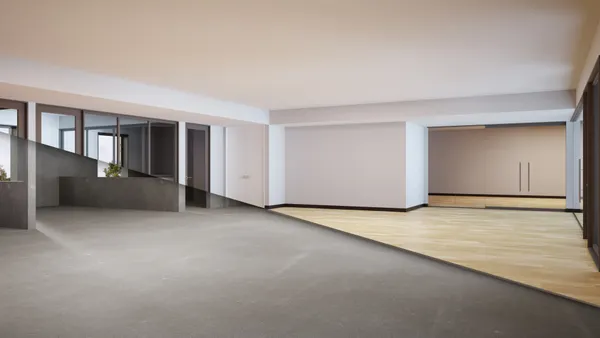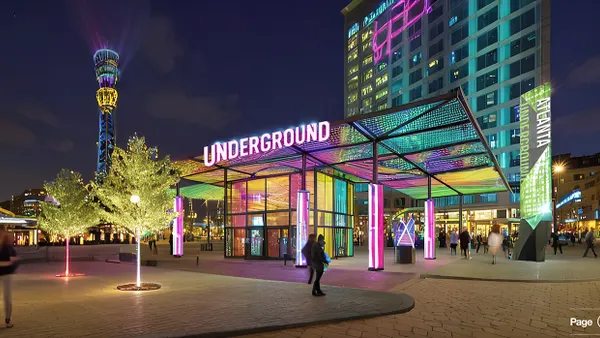NEW YORK CITY — A square mile area in New York City's West Harlem neighborhood is positioning itself as the heart of research on wireless and smart city technology.
The site, which spans 15 city blocks, is one of two Platforms for Advanced Wireless Research (PAWR) deployed by the National Science Foundation (NSF) in partnership with an industry consortium of 28 networking companies, associations and universities. The second is in Salt Lake City and opened in April.
Known as Cloud Enhanced Open Software Defined Mobile Wireless Testbed for City-Scale Deployment (COSMOS), the testbed in New York is spearheaded by Rutgers University, with heavy involvement from New York University (NYU), Columbia University, City College New York (CCNY), the City of New York and groups and businesses including IBM and Silicon Harlem. The University of Arizona is also a partner. Beyond that, nonprofit smart cities organization U.S. Ignite and Northeastern University manage the PAWR project office.
COSMOS is focused on testing wireless and cloud-based communications through various experiments in what organizers have described as a "vibrant, densely-populated" neighborhood, which allows a larger scale of experimentation. The experiments test applications like augmented reality (AR) and smart intersections that need low latency and high bandwidth for fast responses and builds on work already done at Rutgers with testbeds in aircraft hangars.
"The objective of the testbed is to take it outside, to move it to Upper Manhattan," Gil Zussman, a professor of electrical engineering and computer science at Columbia's School of Engineering and Applied Science and a co-principal investigator at COSMOS, told Smart Cities Dive in an interview on campus.
To test smart intersection technology, researchers deployed sensors and cameras off the first, second and 12th floors of a university building. The sensors collect data and video feeds from the street below so researchers can see what needs to be refined in the technology, something that will be useful when connected autonomous vehicles (AVs) roll out.
"If you think about an intersection as a node on its own, if you're managing the city traffic, each intersection has to do something before you can coordinate between them," Zoran Kostic, an associate professor of professional practice at Columbia’s Department of Electrical Engineering, told Smart Cities Dive during a demo.
The testbed will also help researchers try new technology like internet of things (IoT), millimeter wave spectrum and cloud computing at the edge, meaning it can be done locally and not at a data center. The testbed has fiber connectivity, thanks in part to partnering with the city, and uses that to connect with NYU’s data center to the south.
In time, any researcher who wants to learn more about a wireless technology should be able to log into the testbed and run an experiment from anywhere in the country. But Zussman acknowledged that capability is some way off and is contingent on future funding. The testbed's sensors and antennae should also fan out across the square mile, with some talk of the Nash Building, the home of the Manhattan Project, being a host in the future.
A strong component of the testbed is its educational outreach to nearby middle and high schools. Teachers attended classes and trainings at NYU and Columbia this summer to learn about wireless technology and computer science, and to be prepared with lessons and equipment they can take back to the classroom. There are also big plans to expand its educational piece beyond New York City, Zussman said.
"The idea is that once the testbed is operational, any school in the city could log in remotely into the testbed and run some of those experiments," he said. "They will not need the hardware locally in the school."
While one of the major technological advances promised in cities revolves around 5G, which is rolling out slowly to major cities, Zussman said that the testbed goes "beyond 5G." They are instead trying to pave the way for 6G and subsequent generations, something that has garnered some attention already.
And with a strong partnership between the city and other academic institutions in the square-mile area, Zussman said there is plenty of scope to do even more. "There are many, many city assets," he said. "There are public housing buildings, light poles, many things that you could get access to from the city."












